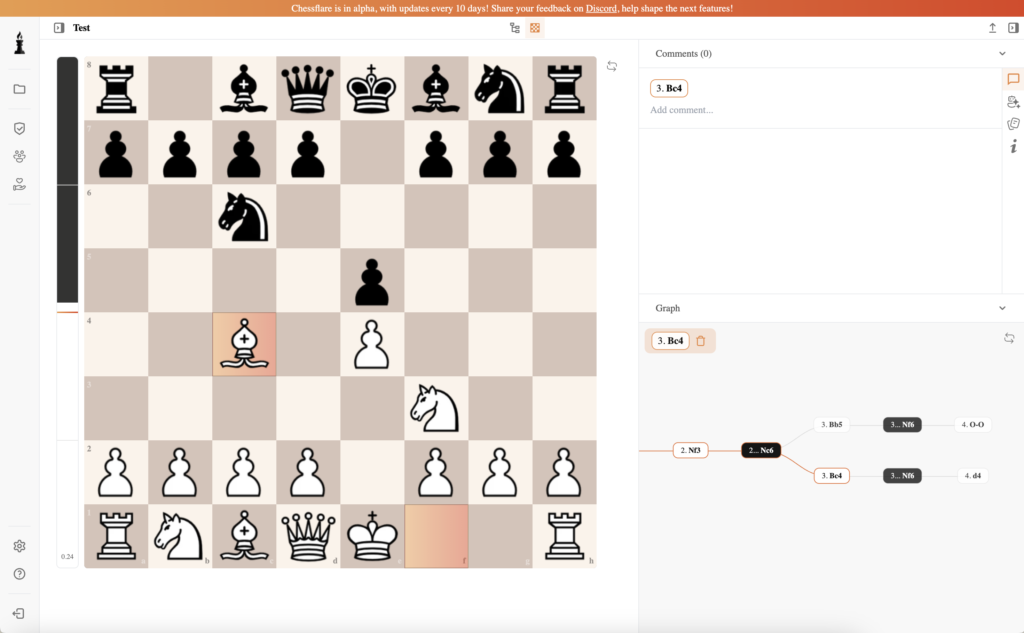The Indian School of Chess is a modern and rapidly growing force in the global chess landscape. With deep historical roots, strategic creativity, and a focus on dynamic and flexible play, India has become one of the leading chess nations. The Indian School emphasizes a balanced approach, combining classical strategic principles with aggressive and resourceful gameplay. The country’s rise to chess prominence has been fueled by a strong chess culture, government support, and a generation of talented players inspired by legends like Viswanathan Anand.
Origins and Philosophy
India has a deep historical connection to chess, as the game originated from Chaturanga, an ancient Indian board game. However, the modern Indian School of Chess gained prominence in the late 20th and early 21st centuries, largely due to structured training programs and the success of Indian grandmasters on the global stage.
Key principles of the Indian School include:
- Positional Understanding with Tactical Sharpness: Indian players exhibit strong positional play combined with tactical awareness.
- Opening Flexibility: Indian grandmasters are known for their diverse opening repertoires, allowing them to adapt to various opponents and styles.
- Endgame Expertise: A focus on technical endgame play helps convert small advantages into victories.
- Resilience and Fighting Spirit: Indian players have shown remarkable determination, making comebacks from difficult positions.
- Youth Development and Infrastructure: The rise of chess academies, online training, and government-supported programs have nurtured a strong generation of young Indian talents.
Key Openings of the Indian School
Indian grandmasters have played a wide variety of openings, but some stand out as part of the Indian School’s strategic repertoire.
King’s Indian Defense
The King’s Indian Defense (1.d4 Nf6 2.c4 g6) is a highly dynamic opening, historically associated with aggressive counterplay. Indian players, including Anand, have used it successfully at the highest levels.
Nimzo-Indian Defense
The Nimzo-Indian Defense (1.d4 Nf6 2.c4 e6 3.Nc3 Bb4) is a favorite among Indian grandmasters, offering a mix of solid positional play and dynamic piece activity.
Sicilian Defense (Najdorf and Accelerated Dragon)
Indian players have been known to excel in Sicilian Defense variations, particularly the Najdorf and Accelerated Dragon, both of which provide complex and aggressive positions.
Ruy Lopez and Italian Game
A well-rounded approach includes classical openings like the Ruy Lopez (1.e4 e5 2.Nf3 Nc6 3.Bb5) and the Italian Game (1.e4 e5 2.Nf3 Nc6 3.Bc4), both of which emphasize deep strategic understanding.
The Great Players of the Indian School
India has produced some of the finest grandmasters in the modern chess era, many of whom have challenged and defeated the world’s best players.
Viswanathan Anand
Viswanathan Anand is the pioneer of the modern Indian chess movement. A five-time World Chess Champion, he dominated the chess world with his rapid calculation, adaptability, and deep opening preparation. His success has inspired an entire generation of Indian players.
Pentala Harikrishna
Harikrishna is one of India’s strongest grandmasters, known for his strategic depth and solid play. He has consistently performed well in elite international tournaments.
Vidit Gujrathi
Vidit is a young and ambitious grandmaster, noted for his disciplined approach and creative play. He represents the future of Indian chess.
Rameshbabu Praggnanandhaa
A prodigious talent, Praggnanandhaa has already defeated world-class players at a young age. His fearless attacking style and deep calculation ability make him a future contender for the World Championship.
Dommaraju Gukesh
Gukesh is another young talent breaking records and climbing the global chess rankings. His aggressive and resourceful approach to the game has earned him numerous accolades.
Nihal Sarin
Nihal is known for his incredible speed and tactical ingenuity. His ability to handle complex positions under time pressure has made him a formidable competitor in rapid and blitz formats.
The Rise of India as a Chess Superpower
India’s transformation into a chess powerhouse has been driven by several key factors:
- Chess Academies and Online Learning: The proliferation of chess coaching centers, such as the WestBridge Anand Chess Academy, has helped nurture young talents.
- Strong Government and Corporate Support: Sponsorships, scholarships, and government initiatives have provided financial backing for rising stars.
- Tournaments and League Systems: India hosts numerous domestic and international chess events, offering players invaluable competitive experience.
- Access to Global Resources: The internet, online chess platforms, and AI-driven analysis tools have enabled Indian players to compete at the highest level from a young age.
Legacy and Influence of the Indian School
The Indian School of Chess has introduced a unique blend of classical strategy and modern dynamism to the chess world. With a strong focus on youth development, India is set to produce future world champions and continue its rise as a dominant chess nation.
Many young Indian grandmasters now compete on par with traditional powerhouses such as Russia, China, and the United States, proving that India’s structured and disciplined approach is a formula for success.
Conclusion
The Indian School of Chess represents a new era in global chess, combining deep strategic play with tactical brilliance and relentless fighting spirit. With a growing pool of talented grandmasters and a robust chess infrastructure, India is poised to be at the forefront of world chess for years to come.

